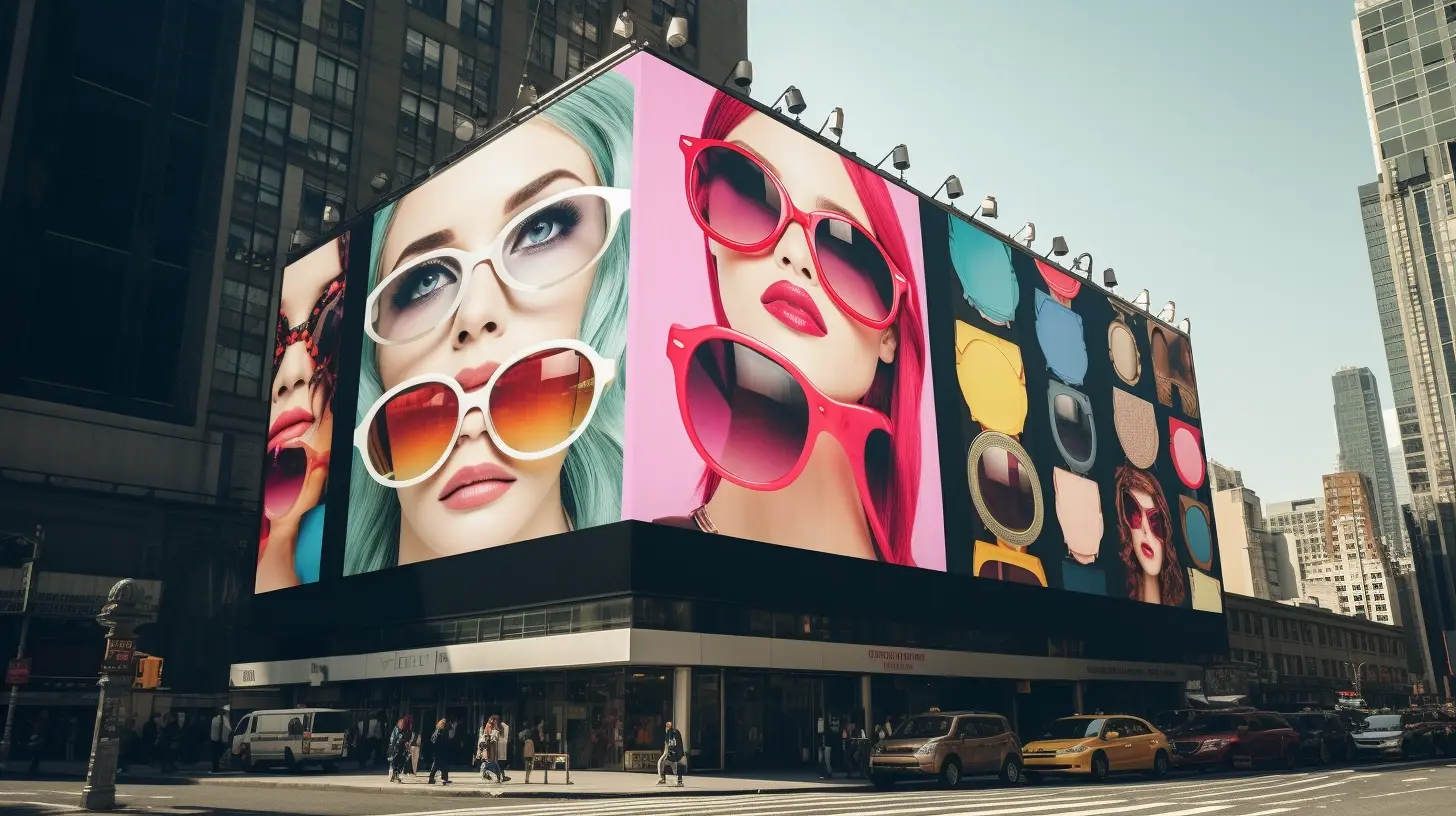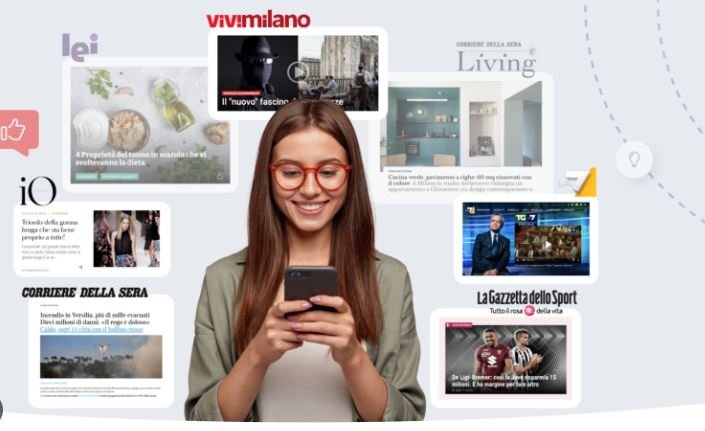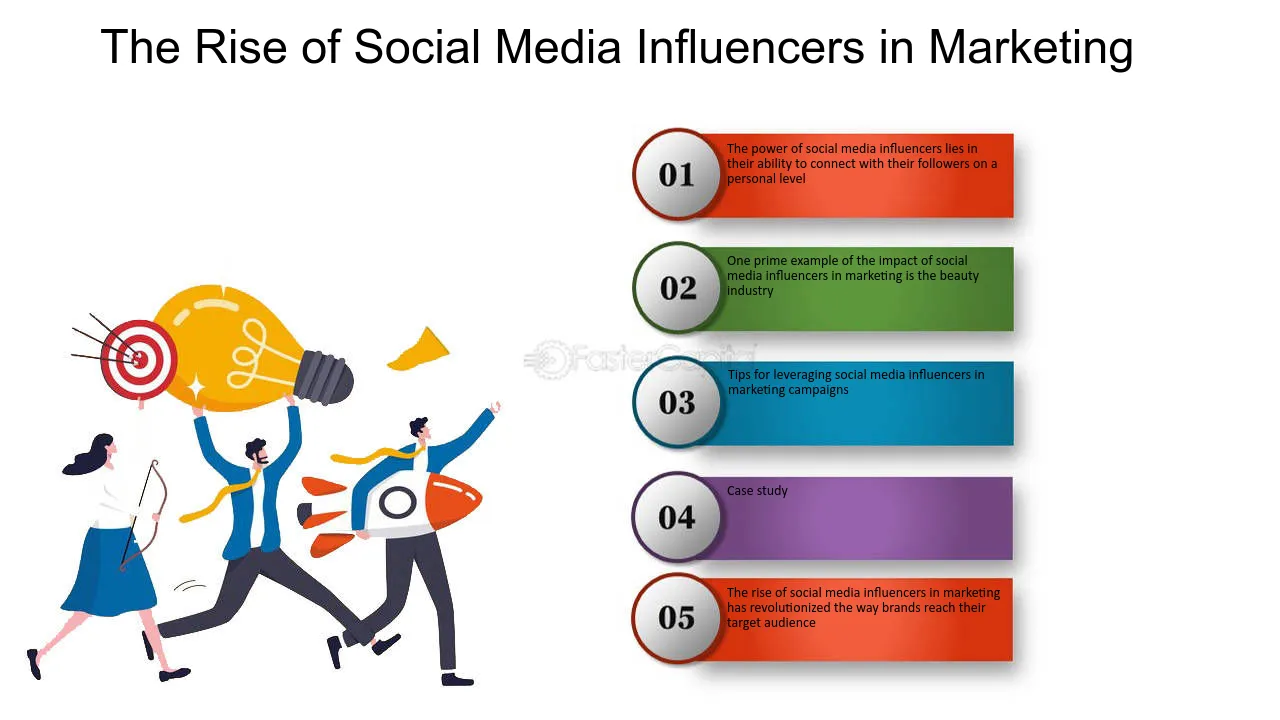Out-of-home (OOH) advertising, which includes billboards, transit ads, and posters, has long been a staple in the marketing landscape. However, as the digital age progresses, OOH advertising is undergoing a significant transformation. With the advent of digital technology and data analytics, OOH advertising is evolving to become more dynamic, interactive, and data-driven. In this blog post, we’ll explore the future of OOH advertising in a digital world and what it means for advertisers and consumers alike.
The Evolution of Out-of-Home Advertising
Historically, OOH advertising was static, with traditional billboards and posters being the norm. However, the integration of digital technology is reshaping the industry:
- Digital Billboards: These electronic displays allow for real-time updates, dynamic content, and targeted messaging. They can display multiple ads in a single location and adapt content based on time of day, weather, or audience demographics.
- Interactive Kiosks and Screens: These installations engage passersby with interactive elements, such as touchscreens and augmented reality experiences, creating more immersive advertising opportunities.
- Programmatic OOH Advertising: Leveraging data and real-time analytics, programmatic advertising allows for automated, data-driven ad placements that can target specific audiences based on various factors.
Key Trends Shaping the Future of OOH Advertising
- Increased Integration with Digital Channels:
- Omni-Channel Campaigns: Integrating OOH with digital channels (social media, mobile apps) creates a seamless experience for consumers and enhances brand visibility.
- QR Codes and NFC Technology: These technologies bridge the gap between physical and digital, enabling consumers to interact with ads and access additional content through their smartphones.

- Enhanced Data Analytics:
- Audience Measurement: Advanced data analytics tools provide insights into audience behavior, demographics, and engagement, allowing for more targeted and effective campaigns.
- Location-Based Data: GPS and location data help advertisers tailor content to specific locations and times, increasing relevance and impact.
- Personalization and Dynamic Content:
- Real-Time Adaptation: Digital billboards and screens can display personalized content based on factors such as weather, traffic conditions, or local events.
- Programmatic Advertising: Automated ad placements allow for real-time adjustments based on audience data and environmental factors.
- Sustainability and Eco-Friendly Solutions:
- Energy-Efficient Displays: The adoption of energy-efficient LED technology reduces the environmental impact of digital billboards.
- Recycled Materials: Using sustainable materials in physical OOH installations helps minimize waste and promotes eco-friendly practices.
- Augmented Reality (AR) and Virtual Reality (VR):
- Immersive Experiences: AR and VR technologies create engaging and interactive experiences, allowing consumers to interact with ads in innovative ways.
- Gamification: Integrating gamified elements into OOH ads can increase consumer engagement and brand recall.
Strategies for Success in the Digital OOH Landscape
- Leverage Data for Targeting:
- Analyze Audience Insights: Use data analytics to understand your target audience and tailor your OOH campaigns to their preferences and behaviors.
- Optimize Placements: Choose high-traffic locations and times based on data to maximize the reach and effectiveness of your ads.
- Integrate with Digital Channels:
- Create Synergy: Ensure your OOH ads complement your digital marketing efforts, creating a cohesive and unified brand experience across channels.
- Use Cross-Platform Campaigns: Combine OOH with digital advertising strategies, such as social media and mobile ads, for greater impact.
- Embrace Innovation:
- Experiment with New Technologies: Explore emerging technologies such as AR, VR, and interactive displays to create memorable and engaging ad experiences.
- Stay Updated on Trends: Keep abreast of the latest trends and advancements in digital OOH advertising to stay competitive and relevant.
- Focus on Creative Content:
- Design for Impact: Create visually striking and memorable content that captures attention and conveys your message effectively.
- Test and Iterate: Continuously test different creative approaches and adjust based on performance data to improve results.
- Prioritize Sustainability:
- Adopt Eco-Friendly Practices: Implement sustainable practices in your OOH advertising strategies, such as using energy-efficient displays and recyclable materials.
- Promote Green Initiatives: Highlight your commitment to sustainability in your advertising campaigns to resonate with environmentally-conscious consumers.
Conclusion
The future of out-of-home advertising is being shaped by digital innovation, offering new opportunities for engagement and effectiveness. As technology continues to evolve, OOH advertising will become increasingly dynamic, data-driven, and integrated with digital channels. By staying informed about the latest trends and leveraging new technologies, advertisers can create impactful campaigns that resonate with audiences and drive meaningful results.




